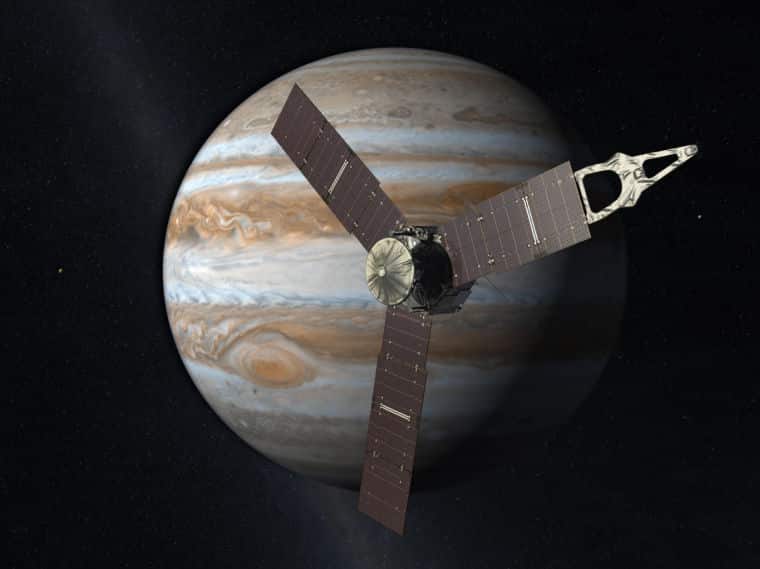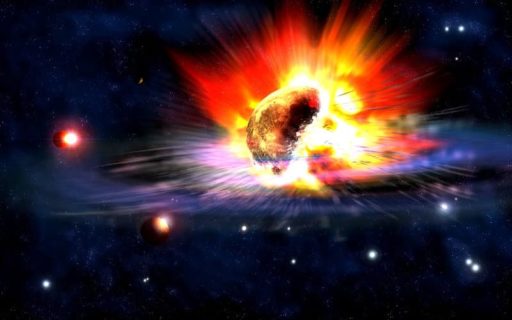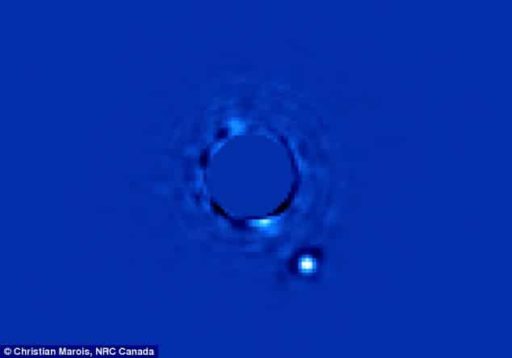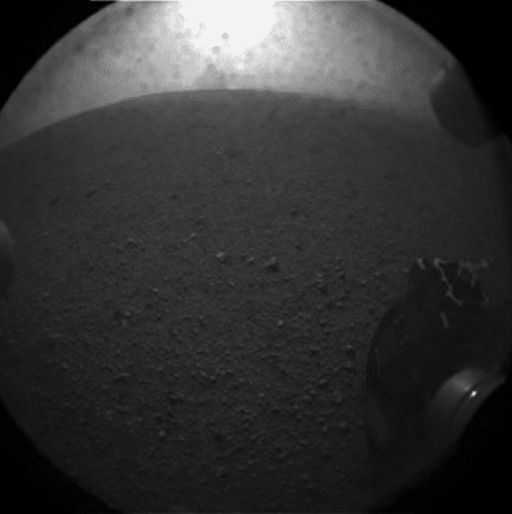Space agency NASA launched space probe Juno from Cape Canaveral Air Force Station on August 5, 2011, in order to learn more about the structure and nature of the deep atmosphere of the giant planet, Jupiter. During its journey, the space probe had suffered a glitch, but later it set again on a course for Jupiter. However, while it was going towards Jupiter after recovering the glitch, the space probe captured a starship view of our Earth and Moon and lately, NASA has revealed those photos.
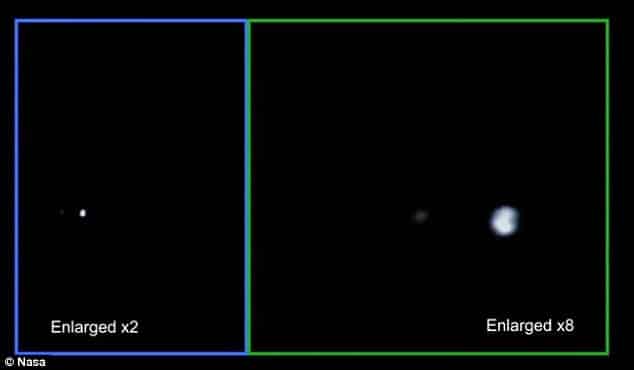
Two months ago, meaning on October 9, while Juno was passing Earth, it captured the above image from 600,000 miles away – about three times the distance between the Earth and the Moon. Its camera is programmed to take an image every 2.5 minutes during every 5 rotations of the spacecraft.
However, in the first image you see above, the larger white dot is the Earth, while the faint grey dot is the Moon. This never-before-seen view of the Moon orbiting the Earth shows exactly how alien visitors would see our planet for the first time from their starship windows.
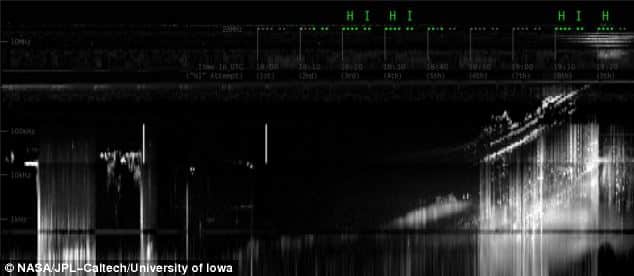
The images are “vital” as Juno was traveling almost twice as fast as a typical satellite and the spacecraft itself was spinning at two revolutions per minute. Besides, Juno’s Waves instrument, which measures radio and plasma waves in Jupiter’s magnetosphere, recorded amateur radio signals during the flyby.
Here’s the video of cosmic pirouette of Earth and our Moon, captured by Juno.
Juno is supposed to enter into the orbit of Jupiter on 4 July, 2016 and after that it’ll circle the planet 33 times, from pole to pole and use its collection of science instruments to probe beneath the gas giant’s obscuring cloud cover. Scientists believe, Juno will help them learning about Jupiter’s origins, internal structure, atmosphere and magnetosphere.
Source: NASA
[ttjad keyword=”camcorders”]

